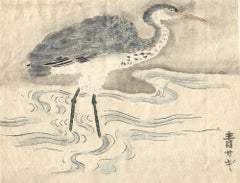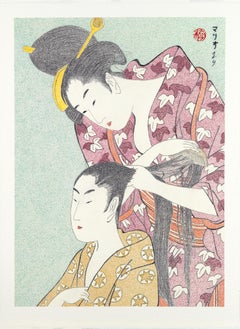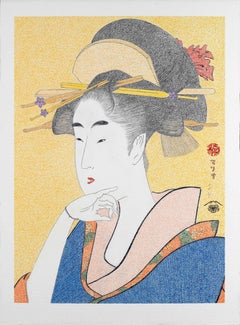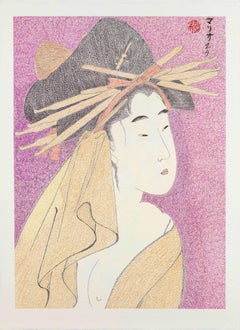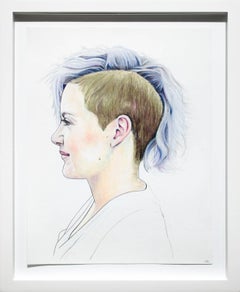Edo Figurative Drawings and Watercolors
Mid-19th Century Edo Figurative Drawings and Watercolors
Watercolor, Laid Paper, Handmade Paper, Ink
2010s Edo Figurative Drawings and Watercolors
Crayon, Paper, Oil Crayon, Graphite
2010s Edo Figurative Drawings and Watercolors
Crayon, Paper, Oil Crayon, Graphite
2010s Edo Figurative Drawings and Watercolors
Crayon, Paper, Oil Crayon, Graphite
2010s Edo Figurative Drawings and Watercolors
Crayon, Paper, Oil Crayon, Graphite
2010s Edo Figurative Drawings and Watercolors
Crayon, Paper, Oil Crayon, Graphite
2010s Edo Figurative Drawings and Watercolors
Paper, Carbon Pencil, Color Pencil
2010s Edo Figurative Drawings and Watercolors
Crayon, Paper, Oil Crayon, Graphite
2010s Edo Figurative Drawings and Watercolors
Crayon, Paper, Oil Crayon, Graphite
2010s Edo Figurative Drawings and Watercolors
Paper, Graphite, Crayon, Oil Crayon
2010s Edo Figurative Drawings and Watercolors
Crayon, Paper, Oil Crayon, Graphite
2010s Edo Figurative Drawings and Watercolors
Crayon, Paper, Oil Crayon, Graphite
2010s Edo Figurative Drawings and Watercolors
Paper, Crayon, Pencil, Graphite
2010s Edo Figurative Drawings and Watercolors
Crayon, Paper, Oil Crayon, Graphite
21st Century and Contemporary Edo Figurative Drawings and Watercolors
Paper, Pencil, Color Pencil
1920s Edo Figurative Drawings and Watercolors
Sumi Ink
Mid-19th Century Edo Figurative Drawings and Watercolors
Ink, Paper
2010s Edo Figurative Drawings and Watercolors
Paper, Ink, Gouache, Color Pencil
21st Century and Contemporary Edo Figurative Drawings and Watercolors
Ballpoint Pen, Archival Paper, Graphite, Oil Pastel
18th Century Edo Figurative Drawings and Watercolors
Handmade Paper, Graphite
2010s Edo Figurative Drawings and Watercolors
Paper, Ink, Gouache, Color Pencil
2010s Edo Figurative Drawings and Watercolors
Ink, Watercolor
1890s Edo Figurative Drawings and Watercolors
India Ink, Watercolor
1950s Edo Figurative Drawings and Watercolors
Paper, Watercolor, Pen, India Ink
21st Century and Contemporary Edo Figurative Drawings and Watercolors
Paper, Ink, Watercolor
21st Century and Contemporary Edo Figurative Drawings and Watercolors
Archival Paper, Oil Pastel, Ballpoint Pen, Color Pencil, Graphite
21st Century and Contemporary Edo Figurative Drawings and Watercolors
Pencil, Paper, Graphite
Early 2000s Edo Figurative Drawings and Watercolors
Paper, Color Pencil, Graphite
1950s Edo Figurative Drawings and Watercolors
Paper, India Ink, Watercolor, Pen
